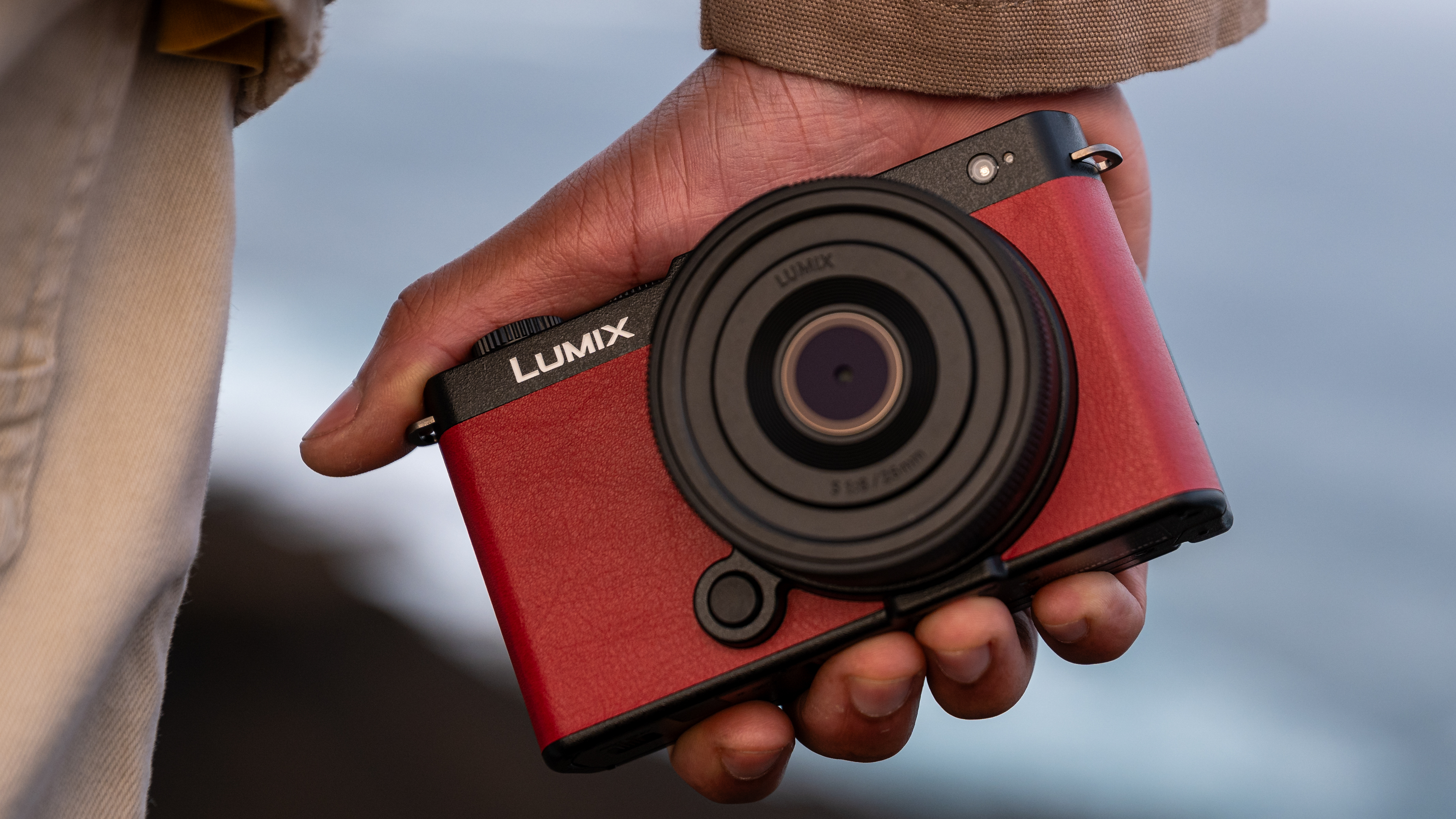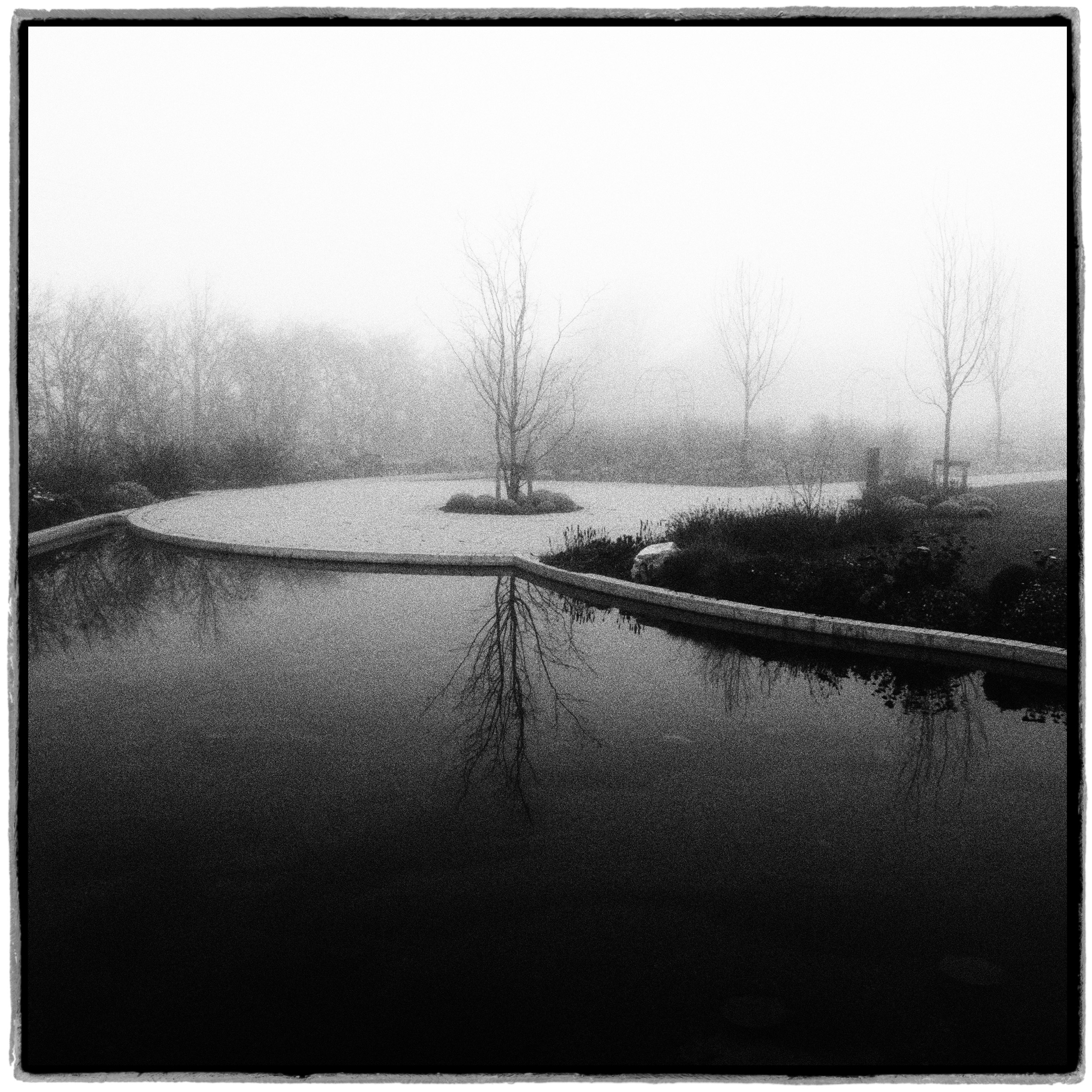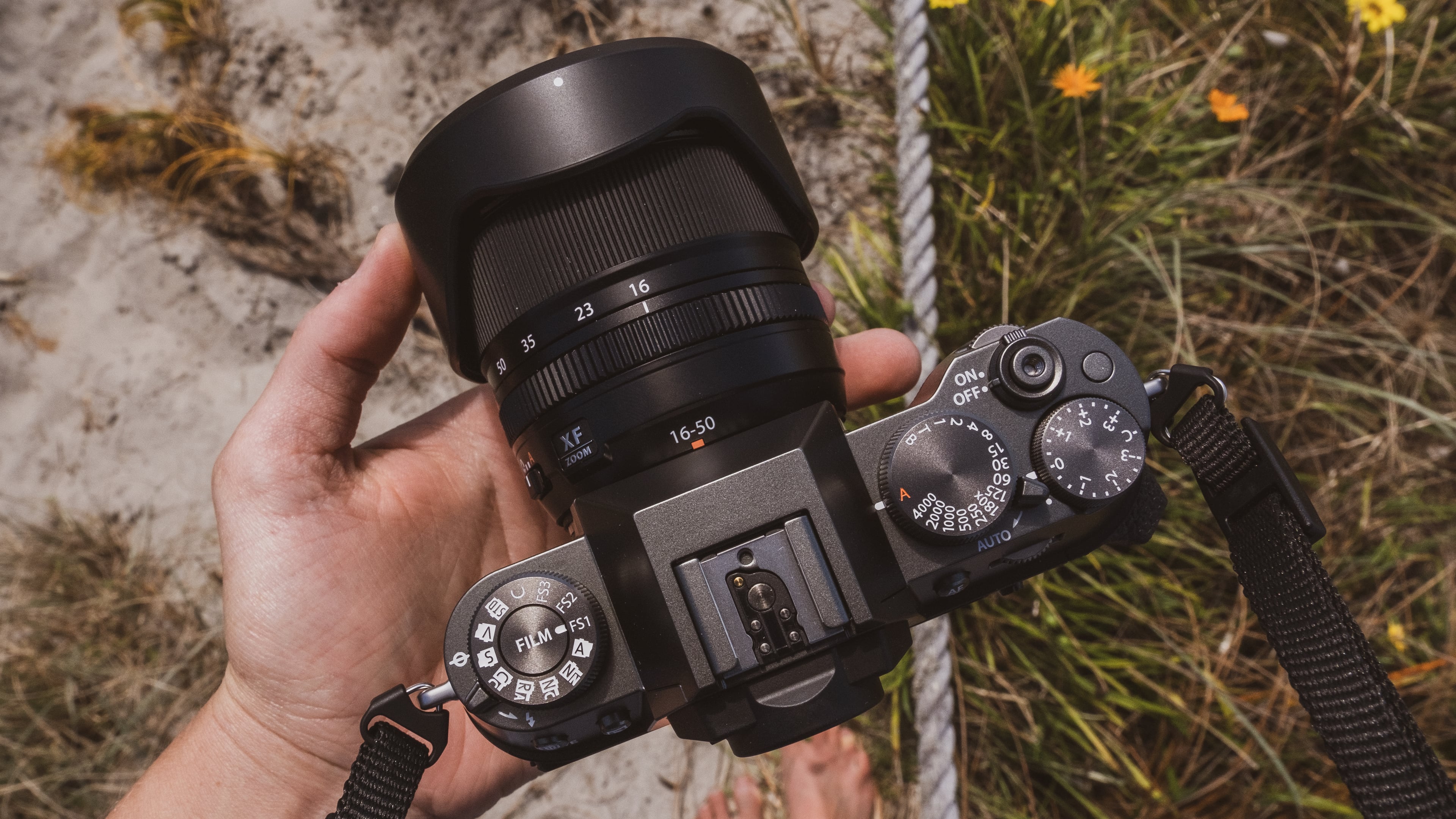In-camera black and white film simulations are just plain boring
Black-and-white photography needs more than safe-but-sterile ‘monochromatic’ modes

I think there are four camera brands that are offering ways to shoot better black and white, though I think it’s still not like shooting black and white film and sometimes you have to do some tinkering with the camera settings.
Top of my list is Olympus/OM System, both for its black and white mono profiles, via the Creative Dial on the OM-3 and on the E-P7 and PEN-F before that, and for its black and white Art Filters, which can be as wildly contrasty, grainy and ‘sooty’ as you like. You can even add borders and vignettes and toning effects, though the latter aren’t great, to be fair.

Fujifilm should get some credit too, for the control you have over contrast and grain effects via user ‘recipes’, and for putting Film Simulations on their own dial on the X-T50 and X-M5 I don’t think the ACROS film simulation is anything special on its own, but if you tinker with the parameters you can make something rather nice. Indeed there’s a whole creative community around Fujifilm ‘recipes’.
The only thing is, this currently relies on applying recipe settings provided by other photographers manually on your own camera. You do get quite a lot of control over the Film Simulation settings in-camera too, with an optional grain effect as well – but it would be even better if some of these more creative black and white looks were available in-camera right from the start.
This is where Nikon is going a step further with its Nikon Imaging Cloud ecosphere and its downloadable Creative Imaging Recipes – the recent Nikon Zf firmware 2 update means you can use these with this modern retro classic. Here again, though, these are based around the somewhat limited tone and color tweaks offered in the camera.
You might not be expecting my last candidate. It’s the iPhone and, in particular, its Silvertone and Noir filters. Silvertone has a nice pale toning effect that can lose its novelty soon enough but is way more subtle and appealing than the crude ‘sepia’ effects in most cameras. And the Noir filter is a gloriously contrasty no-holds-barred black and white rendering that I love.

So what’s so difficult about black and white simulations for camera makers? I’ve tried Panasonic’s L.Monochrome profile, for example, and just found it… meh.
Get the Digital Camera World Newsletter
The best camera deals, reviews, product advice, and unmissable photography news, direct to your inbox!
My Canon EOS R8 has a monochrome picture style with all sorts of parameters including color filter effect, toning, contrast, saturation, but the results are still quite bland, quite ‘safe’.
Panasonic has done something new, though, with its Real Time LUTs. These are not just camera maker specific tweaks for different image styles. LUTs are used widely throughout cinematography and filmmaking to give different (often VERY different) creative looks, and LUTs are not a proprietary format.
In principle you can use any LUTs from any supplier in cameras like the Lumix S9 – and yes, you can get black and white LUTs. I look forward to trying this out when I get the chance. But LUTs can’t add grain, vignettes or image borders, all of which can bring black and white images to life, and camera makers (except OM System) seem reluctant to take this properly on board.

Perhaps this is the problem – camera makers playing it too safe. What I actually want from a black and white simulation is some of the character of black and white films – the depth and density that you don’t get from simply desaturating a regular image, grain effects based on actual films like Kodak Tri-X or Ilford FP4, and maybe some toning effects that are actually rich but subtle, and that requires just a little grading finesse, not any great leaps forward in technology,
It does seem to me that if camera makers want users to be able to generate unique, evocative and characterful images in-camera, then they need to go all-in with the processing effects and actually simulate film properly.
Black and white photography isn’t just regular photography without the color. It’s smooth, rich and deep, or raw, punchy and gritty, and I just don’t think we get that with most camera black and white modes. You get a monochrome digital image with a nice, safe histogram, but that’s about all.
What worries me is that newcomers to digital photography will look at this and think black and white photography is boring. If that’s all we’ve got to work with, then sadly that’s right.
Check out our guide to the best black-and-white 35mm films

Rod is an independent photography journalist and editor, and a long-standing Digital Camera World contributor, having previously worked as DCW's Group Reviews editor. Before that he has been technique editor on N-Photo, Head of Testing for the photography division and Camera Channel editor on TechRadar, as well as contributing to many other publications. He has been writing about photography technique, photo editing and digital cameras since they first appeared, and before that began his career writing about film photography. He has used and reviewed practically every interchangeable lens camera launched in the past 20 years, from entry-level DSLRs to medium format cameras, together with lenses, tripods, gimbals, light meters, camera bags and more. Rod has his own camera gear blog at fotovolo.com but also writes about photo-editing applications and techniques at lifeafterphotoshop.com
You must confirm your public display name before commenting
Please logout and then login again, you will then be prompted to enter your display name.
